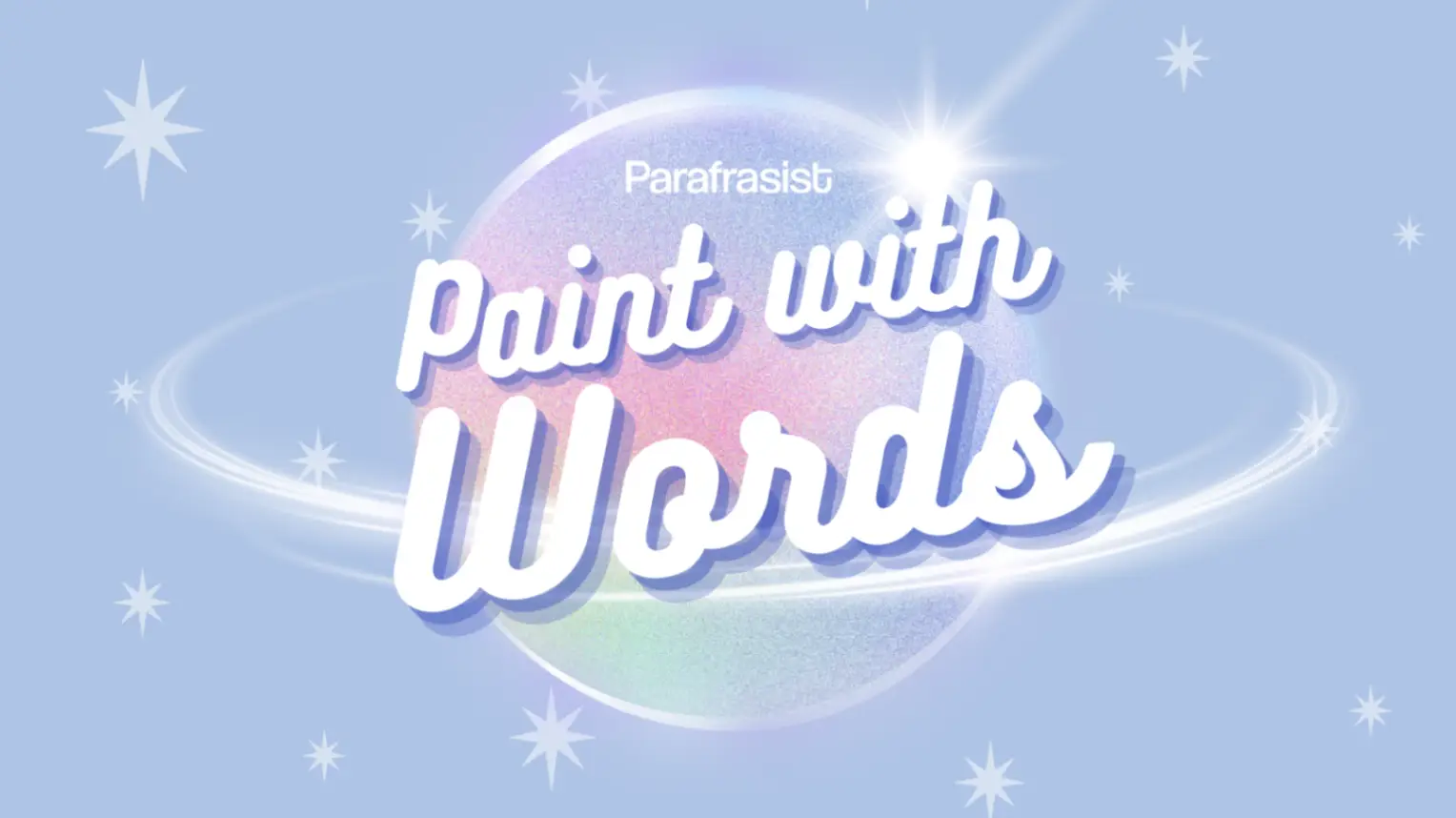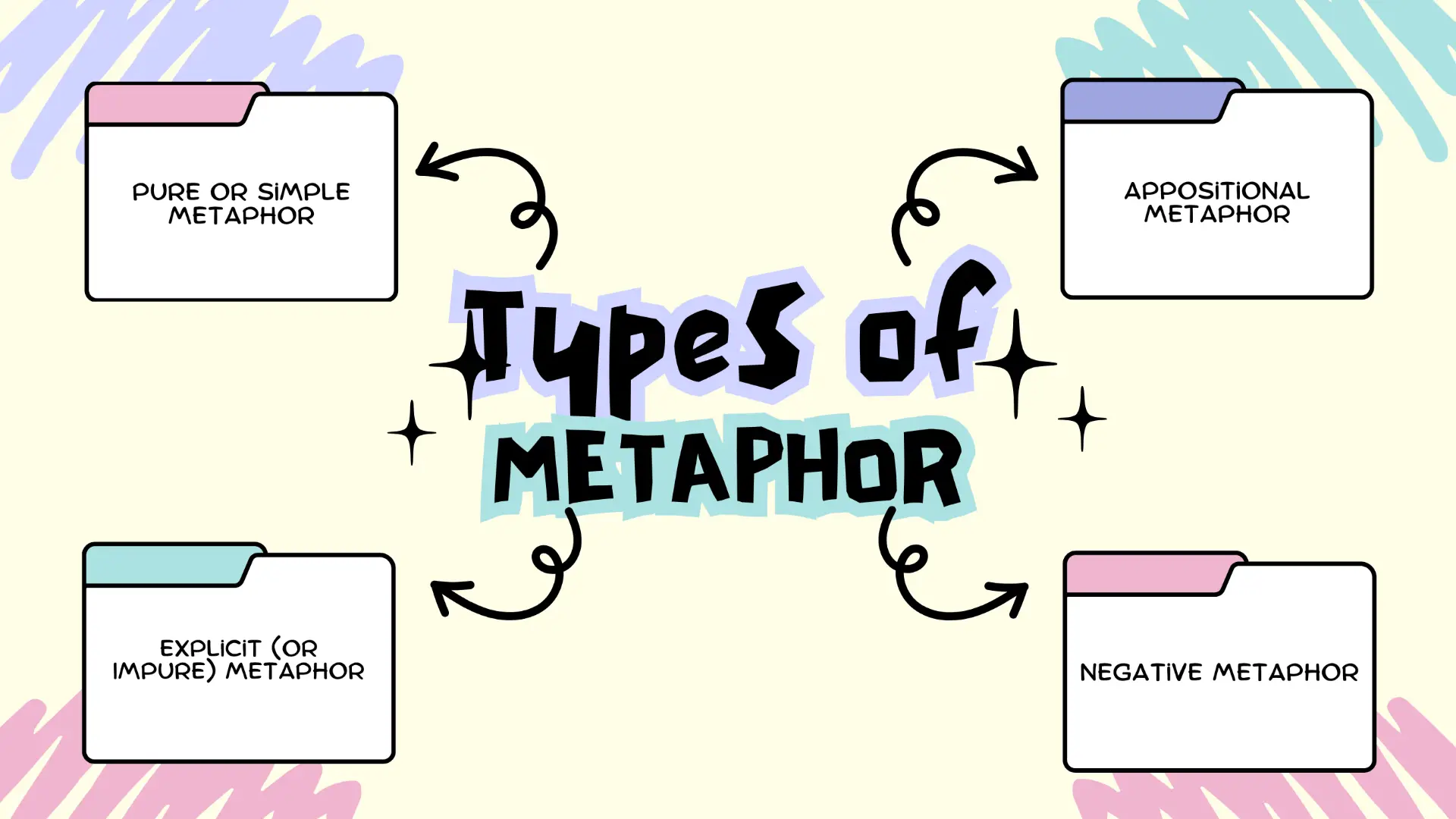What is a metaphor?
Victoria | Equipo de redacción
September 26, 2025

Have you ever said “I’m on cloud nine” when you’re happy or “my heart is shattered” after someone hurt you?
If so, congrats—you’ve already used a metaphor without even noticing.
This figure of speech is one of the most creative tools in language, because it lets us express complex ideas or deep feelings in a less literal, more colorful way.
In this post you’ll learn exactly what a metaphor is, how it differs from other figures of speech, its main types, and plenty of examples you can borrow for essays, homework, or just to level-up your everyday writing.
Meaning of Metaphor
The formal dictionary definition can sound tricky: “A trope that transfers the meaning of a word or phrase to something else by way of an implicit comparison.”
In simpler terms, a metaphor is a literary or rhetorical device that makes your words more vivid by referring to something indirectly, using figurative language.
When we speak metaphorically, we’re not being literal, but we’re hinting at a truth about the person, thing, or feeling we’re describing.
Example: “Enrique stole a smile from me.”
Of course he didn’t literally steal anything—he simply made me smile.

Examples of Metaphor
Examples make everything clearer, so here are several—each followed by its meaning:
“Time is money.”
Time is precious and shouldn’t be wasted.
“That exam was a piece of cake.”
The test was extremely easy.
“I’m between a rock and a hard place.”
I have no good options.
“Tatiana is a ray of sunshine.”
Tatiana is cheerful and kind.
“Hope is a lighthouse in the dark.”
Hope guides you when everything feels lost.
“They’re two peas in a pod.”
They look or act almost exactly alike.
“Andrew is fuming.”
Andrew is very angry—like smoke coming from a fire.
“They have him under a microscope.”
They’re watching him very closely.
“Her words were knives.”
Her words hurt as if they could cut.
“The city is a beehive.”
There’s constant movement and crowds everywhere.
When you write, think about the feeling or image you want to convey and link it to something that shares the same vibe.
Metaphors vs. Other Figures of Speech
It’s easy to mix metaphors with other devices, especially similes and analogies.
Here’s how to tell them apart:
Metaphor vs. Simile
Both compare two things, but they use different wording.
Metaphor: “Her eyes are the brightest stars.”
Simile: “Her eyes shine like stars.” (uses like or as).
Metaphor vs. Analogy
An analogy isn’t exactly a literary figure—it’s a way to explain something by showing how two things share qualities.
Analogy example: “A teacher should be like a good ship captain.”
It explains an idea rather than creating a poetic image.
Elements of a Metaphor
Every metaphor has three key parts. Take the classic
“Her teeth are pearls”:
Real term (tenor): the actual thing being described—her teeth.
Imaginary term (vehicle): the image it’s compared to—pearls.
Ground (foundation): the shared quality—their whiteness and beauty.
Types of Metaphor
All metaphors use those three elements, but writers classify them in a few ways:
Pure or Simple Metaphor
The imaginary term takes center stage and can replace the real one.
Example: “She wove a story with her words.”
Explicit (or Impure) Metaphor
Names both real and imaginary terms, often with a form of to be or to have.
Example: “Javier has a heart of gold.”
Appositional Metaphor
Places both terms side by side, usually separated by a comma.
Example: “Her hair, liquid gold.”
Negative Metaphor
Uses a negation to create the link.
Example: “She’s not my girlfriend, she’s my light.”

Visual Metaphors
A visual metaphor conveys an idea through an image instead of words—perfect for advertising, movies, or memes.
Think of a poster showing a brain as a glowing light bulb to represent “a brilliant idea,” or an iceberg to suggest that “most of the truth lies below the surface.”
Metaphors in Poetry
Poetry is the natural home of metaphors; most poems rely on them to bring words to life.
“Spring lightly kissed the trees.” —Antonio Machado
Spring doesn’t literally kiss; it means nature is coming alive.“You are the morning at the dawn of my life.”
The loved one is compared to the first bright light of a day.“Time is a river that sweeps me along, but I am the river.” —Jorge Luis Borges
Time flows like a river, and the poet feels part of that current.
Metaphors are far more than decoration—they’re a way of thinking.
They let us turn abstract or difficult ideas into mental pictures anyone can grasp.
Next time you write—even if it’s just a homework essay—sprinkle in a few metaphors to add flavor.
And if you need to polish your work afterward, remember you can use Parafrasist to paraphrase, summarize, or check grammar so your text shines.
